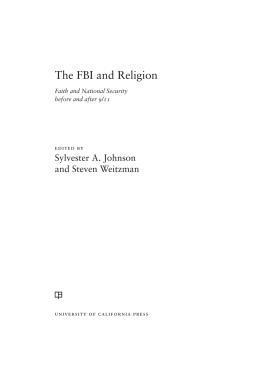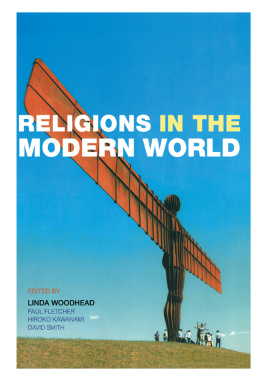Contents
- Johannes Bronkhorst
The historiography of Brahmanism - Jrg Rpke
Construing religion by doing historiography: The historicisation of religionin the Roman Republic - Anders Klostergaard Petersen
The use of historiography in Paul: A case-study of the instrumentalisationof the past in the context of Late Second Temple Judaism - Ingvild Slid Gilhus
Flirty fishing and poisonous serpents: Epiphanius of Salamis inside hisMedical chest against heresies - Sylvie Hureau
Reading sutras in biographies of Chinese Buddhist monks - Chase F. Robinson
History and Heilsgeschichte in early Islam: Some observations on prophetichistory and biography - Per K. Srensen
The development and formation of religious historiography in Tibet - Pekka Tolonen
Medieval memories of the origins of the Waldensian movement - Yves Krumenacker
The use of history by French Protestants and its impact on Protestanthistoriography - Shahzad Bashir
A Perso-Islamic universal chronicle in its historical context: Ghiys al-DnKhwndamrs abb al-siyar - Jon Keune
Conditions for historicising religion: Hindu saints, regional identity, andsocial change in western India, ca. 16001900 - Susanne Rau
Practitioners of religious historiography in early modern Europe - Martin Mulsow
Impartiality, individualisation, and the historiography of religion: TobiasPfanner on the rituals of the Ancient Church - Hannah Schneider
The gates of the netherworld shall not prevail against it: The narrative ofthe victorious Church in French Church histories of the nineteenthcentury - Franziska Metzger
Conflicting historiographical claims in religiously plural societies - Philipp Hetmanczyk
Religion and economic development: On the role of religion in thehistoriography of political economy in twentieth century China - Benedikt Kranemann
The notion of tradition in liturgy - Gabriella Gustafsson
Verbs, nouns, temporality and typology: Narrations of ritualised warfare inRoman Antiquity - Cristiana Facchini
Judaism: An inquiry into the historical discourse - Rene Koch Piettre
President de Brossess modern and post-modern fetishes in thehistoriography and history of religions - Reinhard G. Kratz
Historia sacra and historical criticism in biblical scholarship - Bernd-Christian Otto
A Catholic magician historicises magic: liphas Lvis Histoire de laMagie - Giovanni Filoramo
Locating the history of Christianity between the history of the Church andthe History of Religions: The Italian case
Johannes Bronkhorst
The historiography of Brahmanism
1Classical Brahmanism
Brahmanism is the term I use to refer to a movement that arose out of Vedic religion. Vedic religion was what the German Egyptologist Jan Assmann might calla primary religion (Assmann 2003). It was a priestly religion, not unlike thepriestly religions of ancient Egypt and Mesopotamia. As such it was indissociablylinked to one single culture, to one single society, and to one single language.It had a close association with the rulers of the society to which it belonged, forwhom it provided ritual services. Like other primary religions,Vedic religion hadno exclusive truth claims of a religious nature, and did not try to make converts.Like other primary religions, it depended for its survival on the continued existenceof the society to which it belonged.
The society to which it belonged did not continue to exist. Beginning in thefourth century BCE northern India became unified into an empire, or rather a sequenceof two empires, the first one under the Nanda dynasty, the second underthe Mauryas. The centre of these two empires lay in the eastern part of theGanges plane, outside the realm of traditional Vedic religion, which was centredin its western part. Therefore, its rulers did not continue the Vedic traditionalsacrificial cult. The degree of centralization, especially of the Maurya empire,though weak by modern standards, was high enough to discontinue traditionalrulership in the Vedic heartland. This meant the end of traditional support forVedic religion. Without regular and systematic support from the rulers, theVedic ritual tradition was threatened. Vedic religion, if it wanted to survive atall, had to reinvent itself.
Vedic religion did reinvent itself, and the result is what I call Brahmanism(or the new Brahmanism, to distinguish it from the preceding Vedic period).Brahmins, i. e., the successors (and, at least in theory, descendants) of theVedic priests, now offered their services to new customers, also outside their traditionalheartland. Some of these services were continuations of the elaboraterituals they had performed in the good old days, but the demand for these expensivesacrifices was now limited. New services were however added. These includedother uses of the Brahmins supernatural powers, such as predicting thefuture through reading the stars and bodily signs. Ritual services related to major transitions in the lives of individuals (birth, death, weddings, etc.) were on offer,too. Brahmins also developed a vision of society, how it should be, and how itshould be run, and offered counselling services to rulers.
We know that Brahmanism, this reinvented form of Vedic religion, becameextraordinarily successful, and that without the help of an empire, military expansion,or even religious missionary activity. Brahmanical notions spreadfrom a rather limited area during the last centuries preceding the Common Eraand ended up, less than a thousand years later, imposing themselves all overthe Indian subcontinent and in much of Southeast Asia. One factor that mayhave played a major role in this remarkable expansion is the spreading convictionamong rulers that they could not risk to rule their kingdom without the supernaturaland practical advice that Brahmins could provide.
Brahmanism was much concerned with the image it projected of itself. Itsrepresentatives, the Brahmins, had to live exemplary lives, especially in termsof ritual purity, which became a major issue. This affected almost all aspectsof a Brahmins life, and included purity of descent: with few, precisely specifiedexceptions, the only way to become a Brahmin is through birth from parents whoare both pure Brahmins.
There is another aspect of the self-projected image of Brahmanism, and thisone has a direct bearing on the theme of this volume. Brahmanism projected animage of its history that is, in its basic outline, extremely simple. Brahmanism, inthis image, has always been there and does not change. Indeed, it made thisclaim with regard to the world, but also with regard to the corpus of texts it preserved,the Veda, and its sacred language, Sanskrit: they had all been there sincebeginningless time. There is therefore no such thing as a founder of Brahmanism,and indeed, the historical reconstruction of Brahmanism I just presented,of its reinvention as a response to political changes that had taken place innorthern India, all this has no place in the manner Brahmanism visualized itsown past. Brahmanism had always been there, and had neither been reinventednor otherwise adapted to changing circumstances.
This particular vision of the past found its perhaps most striking expressionin the school of Vedic interpretation, Mms, that may be regarded as close tothe most orthodox, and orthoprax, form of brahmanical culture. The Vedic corpusof texts, I had occasion to observe, was looked upon as beginningless, andtherefore authorless. Brahmanical students learnt to recite a portion of this literaturefrom a teacher, who had learnt it from his teacher, who in his turn hadlearnt it from an earlier teacher, and so on without beginning. No one had composedthis literature or any of its parts, and this conviction was the basis of anintricate interpretative strategy. The fact that the Veda had no author, for example,implied that it was pure word, not soiled by human (or divine) interference, and therefore necessarily faultless. Faults can occur in verbal communication,but analysis shows that such faults result from the speakers shortcomings:speakers may wish to mislead their interlocutors, or may not be properly informedabout the situation they talk about. In the case of the Veda, there isno author who may wish to mislead, or who may not be properly informed;no faults therefore attach to the Veda. Numerous further consequences weredrawn from the presumed authorlessness of the Veda, and a complicated techniqueof analysis was based on it for which the Mms remained famousuntil today.



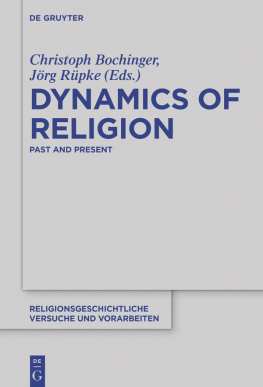

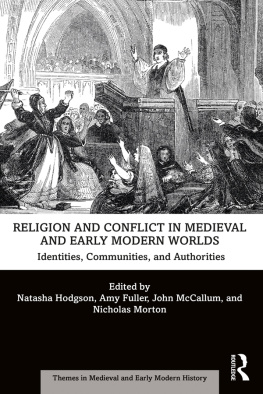
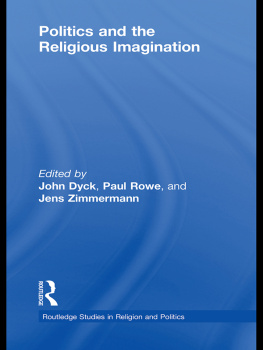
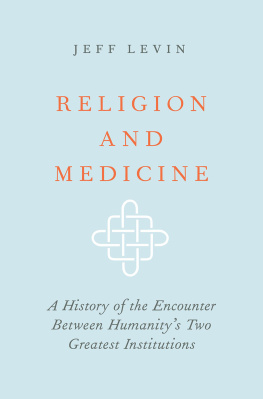
![Florin Curta (editor) - Great Events in Religion [3 volumes]: An Encyclopedia of Pivotal Events in Religious History](/uploads/posts/book/295713/thumbs/florin-curta-editor-great-events-in-religion-3.jpg)
